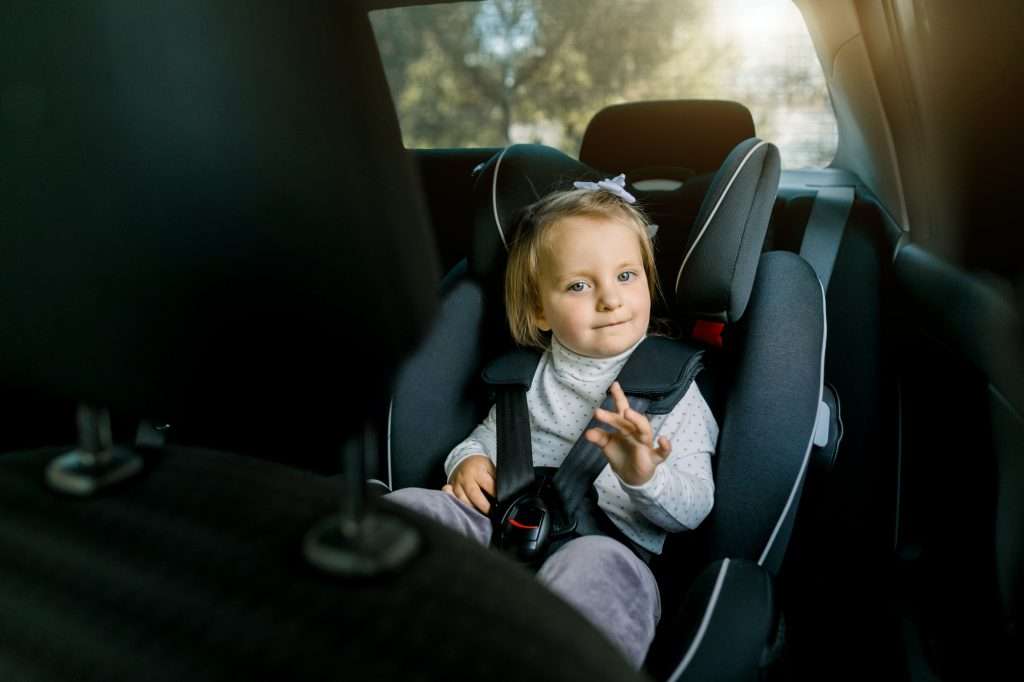Child Passenger Safety
Influencing Policy & Legislation
- Work with hospitals to adopt a policy requiring newborns to be discharged in an appropriate car seat.
- Work with hospitals to adopt a policy requiring that prior to newborn discharge, guardians of newborns are provided child passenger safety education and must demonstrate how to use the car seat correctly.
- Work with hospitals to adopt a policy that addresses restraints appropriate for children with special needs (i.e. children with a tracheostomy, a spica cast or muscle tone abnormalities). Plans for procurement of the most appropriate restraint and training for the proper use of the device and its installation in the vehicle should be incorporated into hospital discharge planning.

Changing Organizational Practices
- Work with hospitals to make sure that staff discharging pediatric patients and newborn be certified National Child Passenger Safety Technicians.
- Work with hospitals to disseminate and provide child passenger safety information for all well-child visits to children 0-8 years of age.
- Work with home visitation programs to include a child passenger safety component.
- Work with law enforcement agencies to increase enforcement of child passenger safety and booster seat laws
- Work with urgent care providers to disseminate child passenger safety information for all visits involving children 0-8 years of age
- Work with local child care providers to improve transportation safety plans for children transported in child care vehicles
- Work with home visitation programs to include a child passenger safety component
Fostering Coalitions & Networks
- Convene and/or participate on local child passenger safety coalitions/workgroups
Educating Providers
- Conduct the National Child Passenger Safety Certification course for hospital staff, public safety personnel, and other community members.
- Conduct “Lunch ‘n Learn” sessions on child passenger safety for staff at pediatric medical clinics.
- Provide child passenger safety training to home visitor programs, child care providers, teachers (booster seat), law enforcement, etc.
Promoting Community Education
- Work with local agencies/associations to increase the availability of child passenger safety resources (e.g., car seats, trained technicians, etc.)
- Sponsor car seat inspection events.
- Promote child passenger safety through media outlets.
Strengthening Individual Knowledge & Skills
- Conduct regular fitting stations in the community
- Provide child passenger safety education to families during well-child visits
- Provide child passenger safety education to families enrolled in Head Start, home visitation programs, etc.
For more information, go to:
